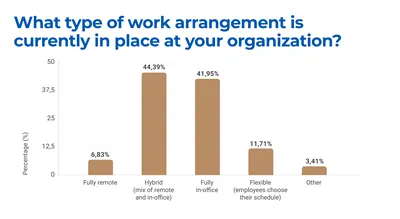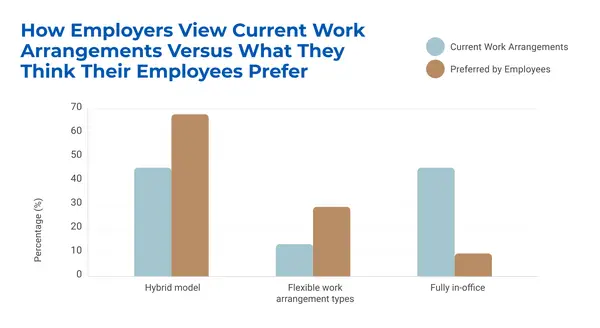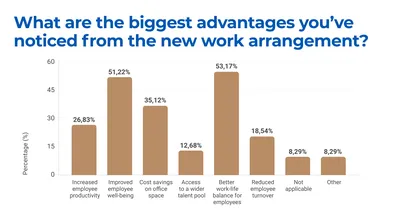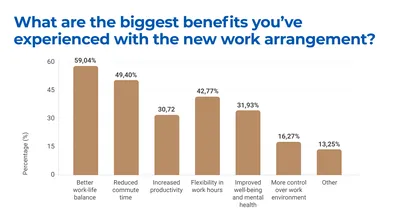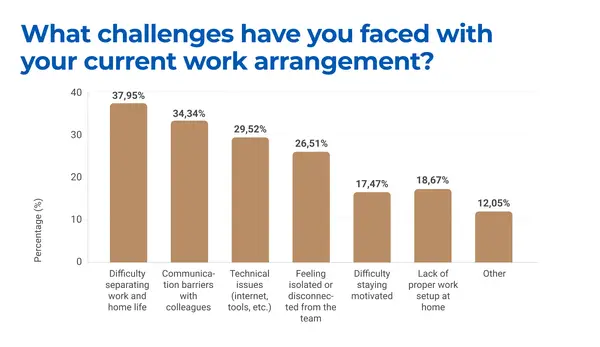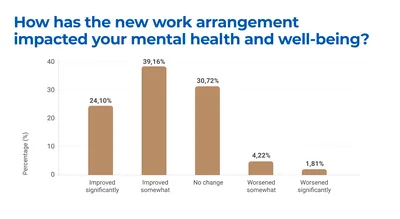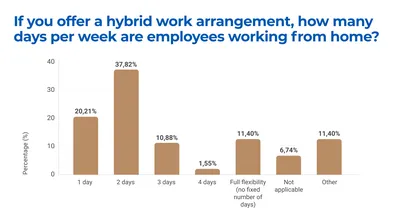To better understand how these changes are impacting the region, Aspire HR Consultants together with Kestria UAE conducted a survey among decision-makers and employees, yielding insights into the current state of remote leadership and the evolving dynamics of the modern workplace.
The survey findings highlight the unique challenges and adaptations shaping the future of work in the Middle East, providing a comprehensive view of how leadership and employee perspectives differ and where they align.
A paradigm shift in Middle Eastern leadership
The COVID-19 pandemic acted as a catalyst for change in the Middle East, forcing companies to rapidly adopt remote work models to maintain business continuity. This shift has prompted leaders to rethink how they manage teams, build relationships and maintain productivity in a virtual environment. The survey gathered insights from 368 participants including key decision-makers and employees. Among the decision-makers, 24.73% were employers, 30.98% were line managers and 17.93% were HR leads. Meanwhile, 26.36% of the participants were employees. This mix of perspectives provides a unique view of the opportunities and challenges involved in this transition.
Geographic Scope: The survey featured a diverse mix of respondents from across the Middle East, with significant representation from Egypt, Saudi Arabia, the UAE and Jordan, alongside a few voices from Bahrain, Kuwait and Qatar. The data provides a well-rounded view of the remote work experience in the Middle East.




